The U.S. Occupational Safety & Health Administration (OSHA) has issued new procedure standards that should be learned and considered by those individuals who mount, demount and inflate commercial truck tires.
An inflated tire and wheel can be very dangerous if misused or worn out. These standards (No. 29, CFR Pat 1910.177) should be reviewed extensively with new dealership employees. It is very important that these standards are reviewed on a regular basis, not just during the first week after hiring the new employee.
Training on these OSHA standards must include both textbook work and a full demonstration that the employee can perform the following key procedures:
• Tire mount/demount and inflation/deflation
• Wheel inspection
• Using restraining devices
• Handling of wheels
• Inflating tires when mounted on a vehicle
• Installing and removing wheels from vehicles
• Where to stand (to remain outside of air blast trajectory) during and after inflating a tire
Demounting Tires
Restraining devices – more commonly called “safety cages” – are a very important aspect of the OSHA rules when it comes to inflating tires. These safety cages must be inspected on a daily basis to ensure there is no cracking or corrosion, which can reduce their effectiveness if a tire/wheel assembly comes apart during the inflation process. These safety cages must never be bolted to the floor.
Tires must be completely deflated prior to demounting. Removing the valve core is required to ensure complete deflation. When you demount a single-piece wheel, it should always be done from the narrow ledge side of the wheel.
Wheels must be closely inspected before a tire is mounted. You are looking for rust, cracks or bent rim flanges. The bead seat areas should be thoroughly cleaned.
Mounting Tires
Of course, you must verify that the wheel size is appropriate for the specific tire, and damaged or leaky valve stems must be replaced.
A non-flammable certified lubricant will ease mounting and eliminate tire damage; apply it to both tire beads and the bead seat areas to make mounting as easy as possible.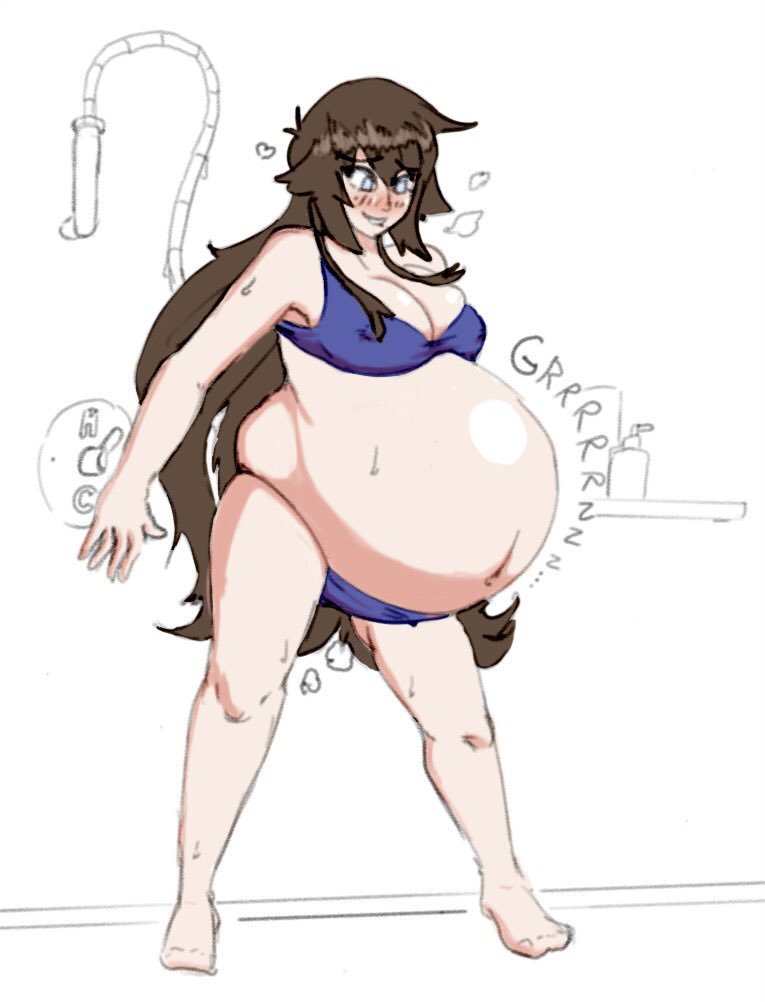 Tires going on steel wheels should be mounted from the narrow ledge side of the rim. When a tire changing machine is used, the tire must be inflated only to the minimum pressure necessary to get the tire bead into the rim flange.
Tires going on steel wheels should be mounted from the narrow ledge side of the rim. When a tire changing machine is used, the tire must be inflated only to the minimum pressure necessary to get the tire bead into the rim flange.
A tire safety cage must always be used when inflating a commercial truck tire. The only exception is when the wheel is bolted on a vehicle while being inflated. It is critical that the person inflating the tire stay out of the wheel and air blast trajectory during the inflation process. Always use a clip-on air chuck with enough hose to ensure that the tire tech stands completely clear and away from the inflating tire.
It is permissible to inflate a tire on a vehicle providing the tire has more than 80% of the recommended tire pressure. As with inflating in a safety cage, make sure that a clip-on air chuck and ample air line can allow tire techs to stand clear from the tire assembly.
Other Considerations
Proper techniques for vehicle jacking and lifting (when changing tires on vehicles) are not included as part of OSHA standards, but are very important when it comes to safety and should also be reviewed on a regular basis.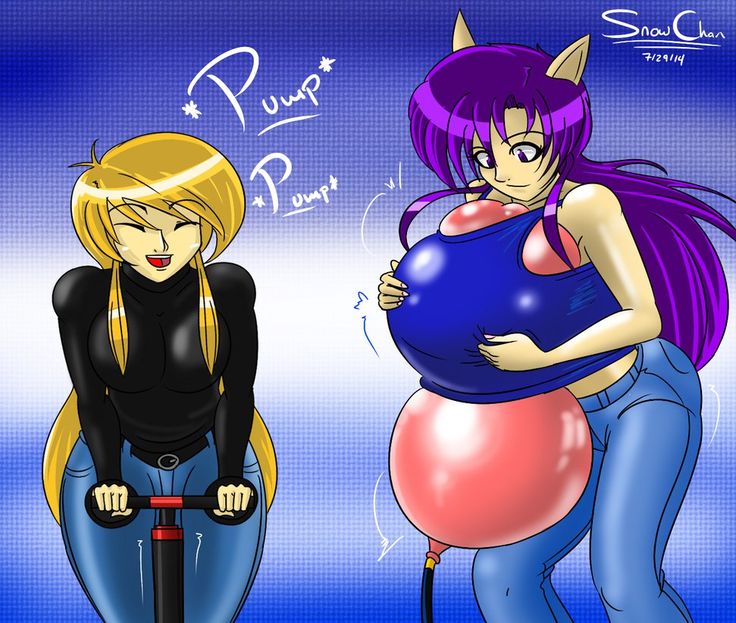 Every year there are many injuries associated with improper jacking and lifting of a commercial vehicle.
Every year there are many injuries associated with improper jacking and lifting of a commercial vehicle.
The two types of lifting devices for commercial vehicles are hydraulic jacks and air-over-hydraulic jacks. Hydraulic jacks do require compressed air. The advantage in these devices is that they are very portable and come in just about any height to accommodate nearly every type of commercial vehicle.
Air-over-hydraulic jacks also require compressed air, also are highly portable, and also come with different height adapters to accommodate tractors and trailers.
The most critical item in the process is for the technician to ensure that the lifting capacity of the device is greater than then weight of the axle being lifted. The jack should always be inspected to make sure it is in good working order with no damage. Jack stands are designed to support the weight of the vehicle; neither jack style is designed to support vehicle weight, only lift it.
Jack stands must have a rated capacity greater than the axle being lifted. If you are lifting an entire axle, then two jack stands are required, one on each end of the axle. Jack stands all must have a mechanical locking pin to prevent accidental vehicle lowering.
If you are lifting an entire axle, then two jack stands are required, one on each end of the axle. Jack stands all must have a mechanical locking pin to prevent accidental vehicle lowering.
When it comes to lifting, one very common mistake is that the ground under the axle was not inspected to ensure it is firm and level prior to lifting the vehicle. If the ground is soft and/or uneven, then it is time to move the vehicle to a better location. You certainly don’t want the vehicle sinking into soft ground during this process.
Once you do find a suitable location, the vehicle must be secured using wheel chocks to ensure it cannot move forwards or backwards. The parking brakes also should be applied.
It also is very important to ensure the jacks and jack stands are placed directly under the axle beam/tube. Never place the jacks on the U-bolts, which can be damaged and make future spring replacement a lot more difficult. In addition, the area on the U-bolt is very small and placing a jack in this area could pose a safety hazard.
After the tire has been raised about an inch off the ground, a jack stand must be placed directly under the axle. Then, release the jack so the load is completely supported by the jack stands. Never crawl under or work on a vehicle unless it is supported by the jack stand.
Tire air pressure should be checked prior to removing the tire assembly from the vehicle with a calibrated gauge. If the measured tire pressure is 80% or less of the fleet pressure specification, then the tire must be completely deflated prior to removal from the vehicle.
An impact wrench can be used to loosen each wheel fastener. After the fasteners have been removed, the wheels should be removed carefully so as not to damage the threads on the studs.
Following the correct procedures when it comes to mounting, de-mounting and inflating tires – both on and off a vehicle – will ensure that everyone remains safe and free from injury.
Every year, maintenance employees are seriously injured or killed when wheel components fail, causing a sudden release of air pressure or “blow-out.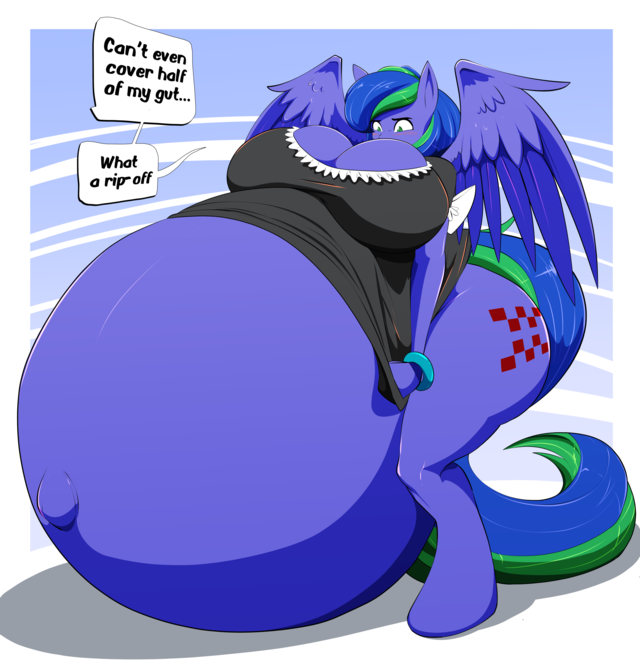 ” Most of these incidents occur due to over-inflating the tire or improperly seated tire/rim components. Anyone standing within the blast zone could be seriously injured by debris.
” Most of these incidents occur due to over-inflating the tire or improperly seated tire/rim components. Anyone standing within the blast zone could be seriously injured by debris.
According to OSHA, at a minimum, employees must be able to demonstrate the following tasks, and all are to be included in the safe operating procedures established by the employer:
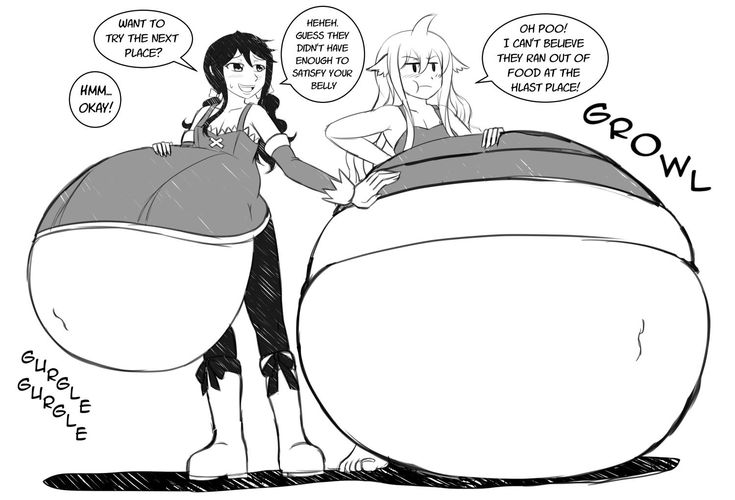
Also, employers must furnish tire safety cages or barriers for inflating single piece wheels/ tires unless the wheels are solidly bolted to the vehicle before inflation. Also, the employer must provide the manufacturer's recommended tools to service the wheels including a clip-on air chuck, an in-line valve or pressure regulator, and sufficient hose to allow the worker to stand in safe areas clear of the trajectory areas during inflation.
Note: These lists are not intended to be all-inclusive.
The information in this article is provided as a courtesy of Great West Casualty Company and is part of the Value-Driven® Company program. Value-Driven Company was created to help educate and inform insureds so they can make better decisions, build a culture that values safety, and manage risk more effectively. To see what additional resources Great West Casualty Company can provide for its insureds, please contact your safety representative, or click below to find an agent.
© Great West Casualty Company 2019. The material in this publication is the property of Great West Casualty Company unless otherwise noted and may not be reproduced without its written consent by any person other than a current insured of Great West Casualty Company for business purposes. Insured should attribute use as follows: “© Great West Casualty Company 2019. Used with permission by Great West Casualty Company.”
This material is intended to be a broad overview of the subject matter and is provided for informational purposes only. Great West Casualty Company does not provide legal advice to its insureds, nor does it advise insureds on employment-related issues. Therefore, the subject matter is not intended to serve as legal or employment advice for any issue(s) that may arise in the operations of its insureds. Legal advice should always be sought from the insured’s legal counsel. Great West Casualty Company shall have neither liability nor responsibility to any person or entity with respect to any loss, action, or inaction alleged to be caused directly or indirectly as a result of the information contained herein.
Main - Product catalog - Sort by brands
MIRKA
KWH Mirka ltd is a Finnish company, manufacturer and supplier of high-quality bulk abrasives. Mirka specializes in the production of flexible abrasives, as well as materials for dust-free grinding.
Menzerna
Menzerna has been manufacturing polishing compounds since 1888. The company is constantly developing, improving production and training processes, guaranteeing a consistently high level of quality at minimal cost.
Rupes
RUPES is an Italian manufacturer of high quality polishing and grinding tools, a strong company with 4 production sites and a distribution network that can capillarily cover the largest markets.
Walmec
WALMEC s. p. a. (Italy) is one of the world leaders in the production of pneumatic painting equipment. Based on more than 50 years of experience, Walmec exports products to markets in 80 countries around the world.
JETA PRO
JETA PRO is a program of professional consumables for body repair from preparation to painting. Includes: putties, primers, fillers, varnishes, sealants, masking materials, personal protective equipment, wipes and other consumables.
QuickLine
The QuickLine auto refinishing system has been specifically designed to work effectively in all conditions of today's auto repair shop.
Eurocel
Sicad S.p.A. has been one of the leaders in the world production of adhesive tapes for 20 years. The company's products are supplied to dozens of foreign markets; production facilities are located in Italy, Croatia, Brazil and South Africa.
Horn&Bauer
Horn&Bauer is one of the European market leaders in the production of consumables for car factories and car repair shops. The products of this German brand are distinguished by high quality, manufacturability, reliability and functionality.
U seal
The Italian concern New Polyuretane Technologies SRL is one of the leading manufacturers of polyurethane and polymer technologies. Its products, manufactured under the brand name U-Seal, are widely known in Europe.
Its products, manufactured under the brand name U-Seal, are widely known in Europe.
ZVG
ZVG (Germany) produces more than 800 types of products. The company, which has a history of more than 25 years, offers turnkey solutions for industry, trade and small businesses. With its safety and hygiene products, ZVG sets new quality standards. ZVG production level ISO 9 certified001.
WiederKraft
WiederKraft is a set of car service equipment developed by leading experts from Europe and Southeast Asia.
DEBEVER
DEBEVER technicians have developed a current range of abrasive tools for the industrial segment, combining high performance, durability, ease and safety of use.
EVERCOAT
American company Evercoat, Inc. produces putties, primers, adhesives, sealants, aerosols and other materials for car body repair and ship repair segment. The company was founded in 1953 and based in Cincinnati, Ohio. It has sales and marketing offices and distribution centers in the US, Brazil, UK, Spain and China.
SCANGRIP
SCANGRIP has made great strides in developing durable and functional lighting solutions for the professional market.
As Europe's leading and emerging work lighting manufacturer, SCANGRIP is constantly focused on developing innovative lighting solutions based on the latest LED technology. For over 100 years, SCANGRIP has been designing and manufacturing high quality hand tools for the industrial and automotive industries. The product range includes a number of innovative products that have made the company famous all over the world.
Asturomec
Asturomec is a division of Walmec (Italy). With over 50 years of experience in the production of paint spray guns, Asturomec designs spray guns to meet all requirements in professional painting, both automotive and industrial.
Autorobot
Autorobot designs, manufactures and markets devices for measuring and repairing damage to the vehicle body. Over the past 28 years of development, Autorobot has developed several innovative technologies in the field of car repair, protected by more than 60 patents.
Over the past 28 years of development, Autorobot has developed several innovative technologies in the field of car repair, protected by more than 60 patents.
Gekatex
Gekatex S.A. (France) - the largest manufacturer of professional universal wiping polishing materials for car repair and the automotive industry. Perfect production technology allows Gekatex to create a canvas that does not contain silicone, glue, various binders, fillers and chemical additives.
MARIGOLD
Marigold Industrial is a global manufacturer of hand protection products: chemical resistant gloves, industrial cleaning gloves, laboratory gloves. Marigold products combine high reliability, practicality, convenient design and moderate cost.
IKS
IKS Klebetechnik is one of the leaders in the European market for self-adhesive tapes. It is a supplier of automobile concerns Volkswagen, Ferrari, Porsche, Daimler Chrysler. The successful history of the company began in 1976 when it took over the Henkel Group's adhesive films and tape business.
PGI
Polymer Group Inc (PGI), USA, is the world's leading developer and manufacturer of nonwovens for various industries and medicine. Grade 9 wipes0007 PGI , which, due to their popularity, can be found in many car dealerships around the world.
Surface
Surf-ACE are products for auto paint shops and workshops that include silicone-free car polish and care products. Surf-ACE polishes guarantee a superior finish.
ANI
A.N.I. SpA (Italy), founded in 1962, manufactures and sells spray guns and other components for compressed air systems. The quality of products manufactured by A.N.I. guaranteed by testing and control at different stages of assembly. At 1996 A.N.I. SpA has been certified in accordance with the international standard ISO 9001:2000.
BETA COLOR
Beta Color is an Italian company, the largest manufacturer of a wide range of paints and varnishes for painting and repair work. Founded in 1984.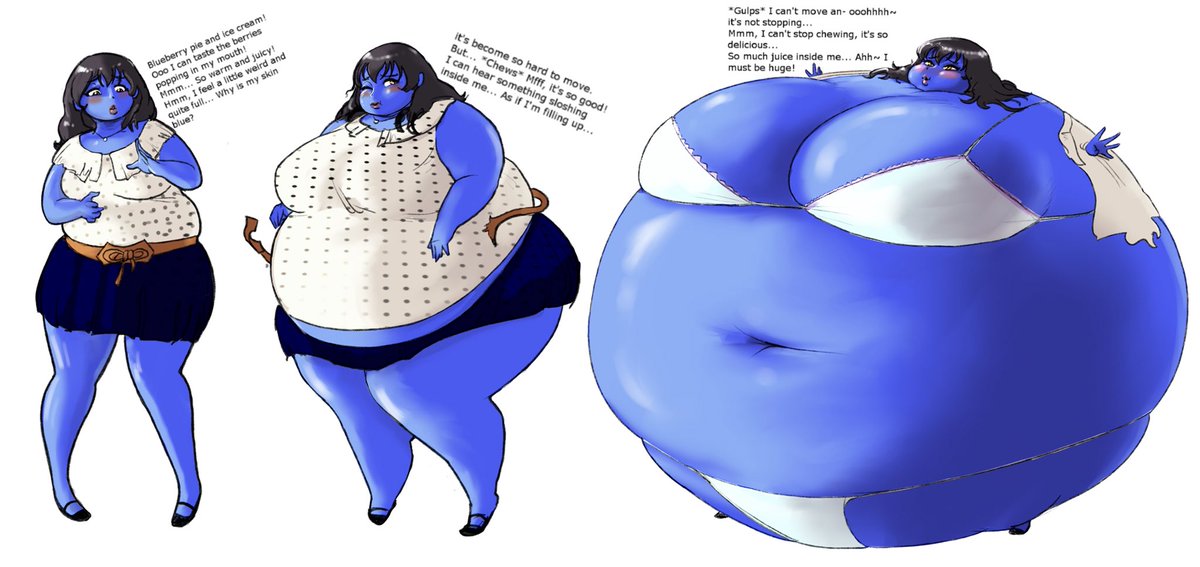 It supplies products to more than 40 countries around the world.
It supplies products to more than 40 countries around the world.
CONCEPT
Concept Chemicals & Coatings Ltd (UK) is one of the world's leading manufacturers of professional car care products. Over 70% of its products are exported to more than 30 countries around the world. Concept - products for cleaning, washing and protecting the surface of the car.
DeVILBISS
Elipse
Elipse 's reliable and high-quality protective products effectively trap dust and harmful chemicals. The combination of high performance and the most comfortable design has allowed this brand to gain credibility among many professionals.
Kemtex
Kemtex is a Belgian-based company specialized in the supply of painting supplies. The company's product range includes personal protective equipment, camouflage materials, mixing containers, filters for spray booths and much more.
Maston
Maston OY (Finland) is one of the European leaders in the production of car repair products. Founded over 20 years ago, it is a manufacturer of aerosol car enamels, protective agents and car cosmetics of the highest quality.
PIGAL
Company Pigal (Italy), was founded in 1978 and within a few years became known in the market as the largest manufacturer of industrial adhesives and sealants. Innovation, quality and commercial dynamism are the key elements for the company's success.
Speritex
Speritex (Italy) - manufacturer of air filters for painting and drying booths, heat and sound insulating materials. For 40 years, Speritex has been selling its products in 50 countries around the world.
Warehouse equipment, together with warehouse equipment, will serve for convenient storage of goods. Operational accounting in the warehouse, ease of loading and unloading operations and saving space. In MetalRack you can buy new warehouse equipment! We have the most reliable shelving systems in Russia, including:
The Pallet Pallet helps you move pallets around the warehouse by hand. Their most popular variety is with a collapsible hydraulic unit, in a simple way - deadbolt. It raises the forks with the help of hydraulics (pumping by hand). There are also pallets with scales, which immediately display the weight of the pallet. Hydraulic carts are mechanical and battery. The main disadvantage of hydraulic carts is a large limitation on the weight of the lifted load.
When palletizing at height, a stacker is often used as it is very convenient. This is a special device for working with pallets at a height of up to 12 meters, which requires no more than 2 meters to turn. The disadvantage of stackers is the lack of a counterweight.
Stacker types:
The loader, unlike the stacker, can even work outdoors. There are two types of loaders : electric forklift and forklift. The forklift runs on diesel or gas with exhaust gases while the electric forklift runs on electricity.
The driver is inside the cab and has a good view around.
Our employees design and install storage systems, as well as select equipment for the warehouse.
To organize the convenient operation of logistics centers, we recommend that you use mechanized technical means for moving goods, such as:
Warehouse equipment from our catalog is repairable and has a 1 year warranty.